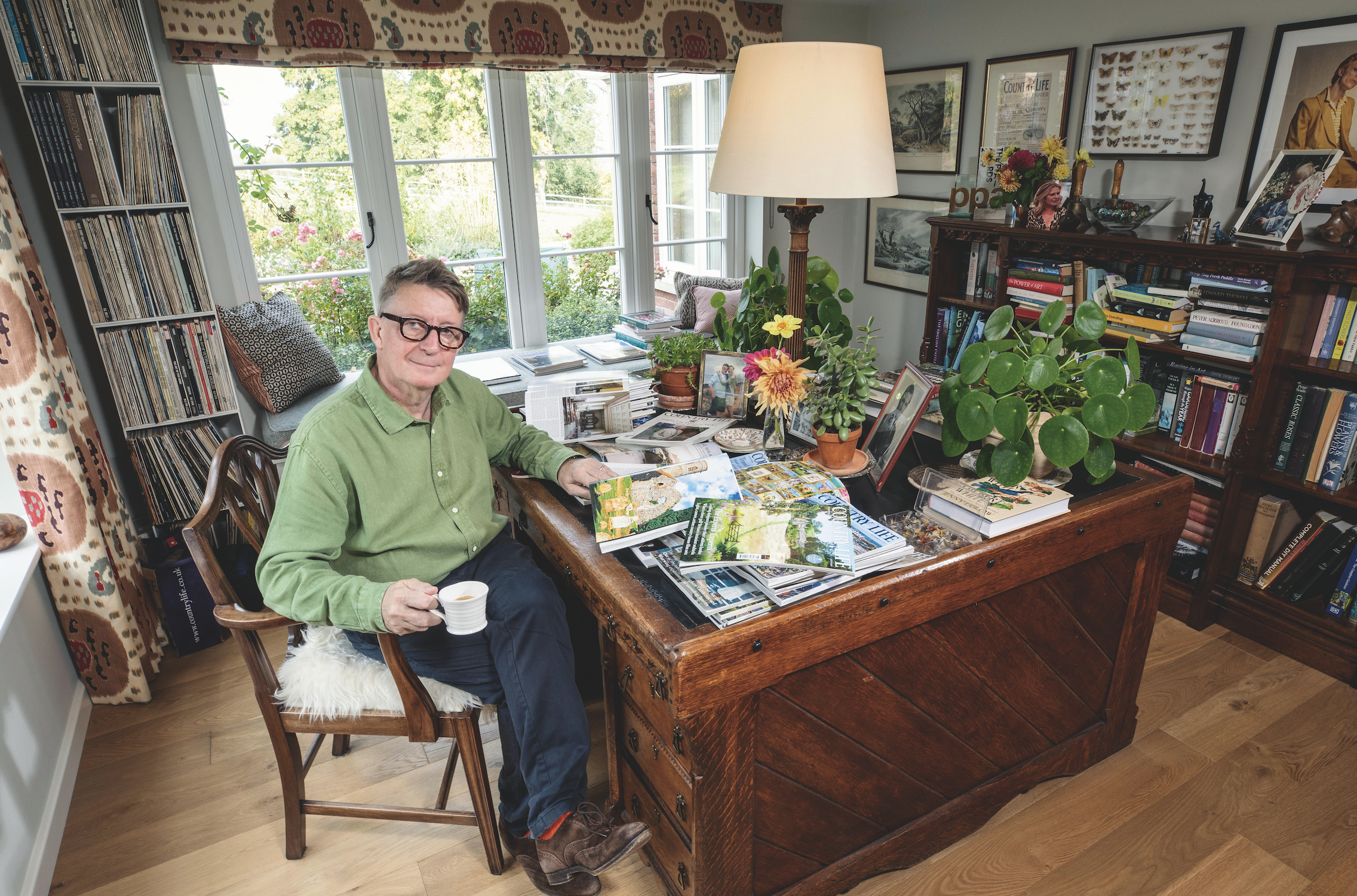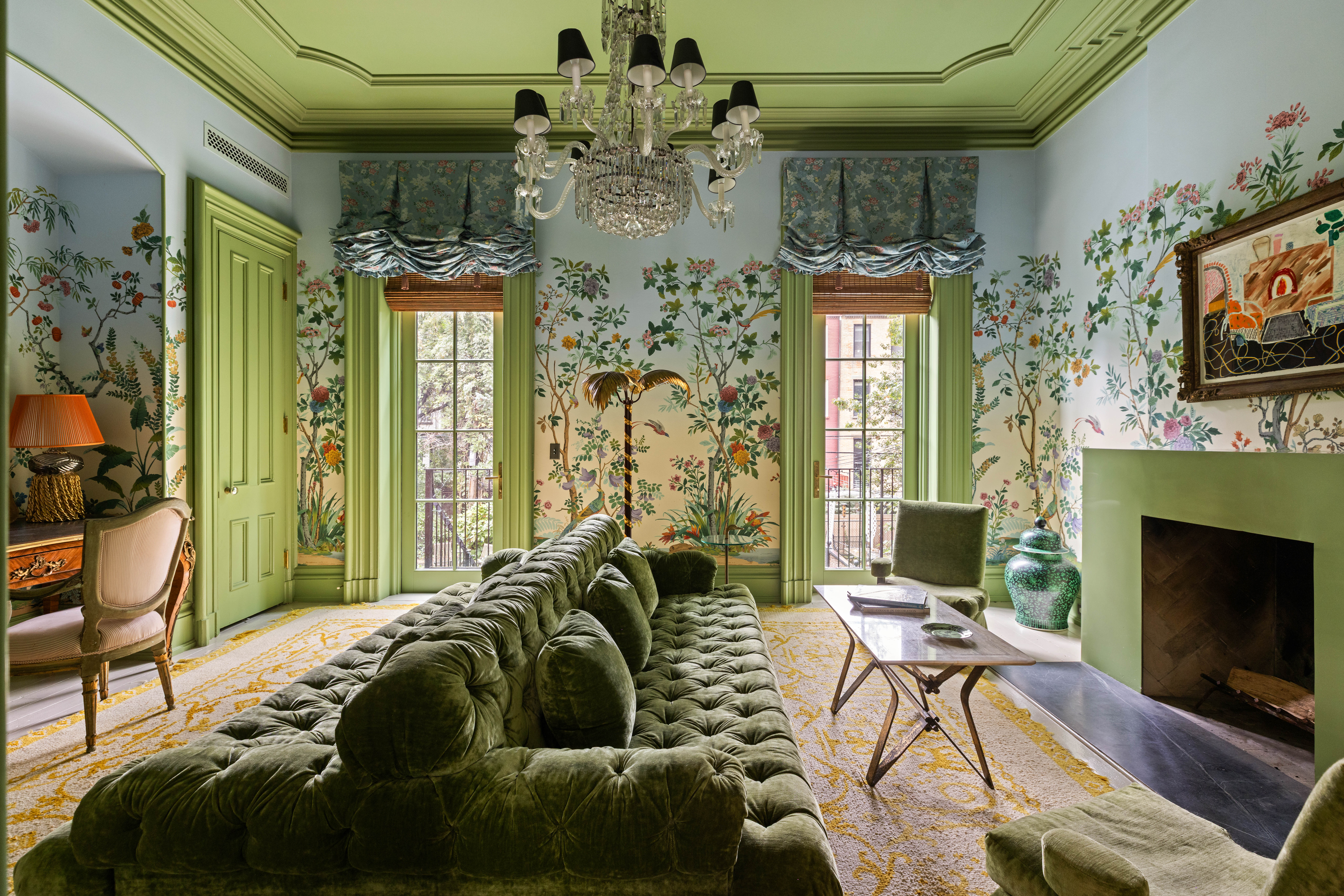Review: The Elements of Organic Gardening
Kathryn Bradley-Hole is absorbed by an inspirational account of the idyllic organic gardens at Highgrove


The Elements of Organic Gardening
HRH The Prince of Wales, with Stephanie Donaldson (Weidenfeld & Nicolson, £20)
The garden at Highgrove is a paradise on Earth, where fruit cordons stand like soldiers against high, sunny walls, the kitchen and flower gardens are naturally slug-free, and a pair of glossy, chestnut-coated Suffolk Punch horses mow the hay meadow at high summer (its wildflowers are from seed mixes created by the late Miriam Rothschild). Black-fleeced Hebridean lambs gambol in the meadow turf, helpfully trampling in the fallen seeds that will make next year's hay bouquet; blossoms hum with honeybees in the orchards, fragrant primroses and violets grout the lichen encrusted pavings of the terrace, and robins and wrens dart in and out of stout, but crisply trimmed yew hedges.
It must be a fearful wrench for the Prince of Wales to drag himself away from his rural idyll and he has to, frequently but from this book you have a sense that even in those moments of absence he may be silently pining for a stroll in his cool, Gloucestershire woods; looking forward to getting back to grapple with billhook and hedgerow, or to commission a new area to be lavished with plants.
The joy of this book is not only in its visual and written record of the delights of Highgrove. It goes much deeper than that, into the heart of its creation and maintenance following strict organic principles, for more than a quarter of a century. At the outset, says the Prince, he 'turned to Lady Salisbury, and to her friend Dame Miriam Rothschild, for advice on how to tackle the garden and the process of habitat restoration. Both these remarkable ladies were formidable proponents of the organic approach and so, very quickly, I began to realise that there was an alternative [to "agriindustry" and reliance on chemicals] and, I felt, a more balanced way of tending the earth and reapplying the time-honoured methods of husbandry that would ensure the long-term health of the soil.'Prince Charles is well aware of his popular image as a 'tree-hugger' with some New Age tendencies, but his sentiments make perfect sense to many perhaps even most thoughtful gardeners these days.
'I can only say that for some reason I felt "in my bones" that if you abuse Nature unnecessarily and fail to maintain a balance, then She will probably abuse you in return. This, of course, is "unscientific", because it depends on intuition rather than rational deduction,' he advises. So the aim has been to nurture the soil and maintain it in good heart, to understand its structure, bacterial balance, fungi and 'the all-important, but unseen, subterranean mycorrhizal activity'. Naturally, such thoughts lead on to the beating heart of all organic gardens: the compost heap. At Highgrove they make a highly nutritious compost in only 12 weeks by carefully balancing the ingredients and turning the several huge piles of muck in various stages of decay every week. But there is plenty of science at the bottom of it; Highgrove uses two methods of composting aerobic (with air) and anaerobic (without air), as each serves a different purpose.
Aerobic decomposition, using garden and stable waste, produces a compost rich in nitrogen that feeds the soil and the plants growing in it. Anaerobic decomposition, using fallen leaves, harbours fungi which produce a leaf-mould high in humus, but low in nitrogenthe perfect material to improve soil structure, or to add to homemade potting compost. Highgrove's talented gardeners also seem to have overcome one of the most feared garden threats seen in modern times: the box blight disease which can rapidly kill off lengths of box hedging. The garden's scores of yards of affected box plants were pruned back to remove diseased material and improve air circulation at the centre; now, it seems, with careful nurturing, the plants are returning to health.
Exquisite houses, the beauty of Nature, and how to get the most from your life, straight to your inbox.
The combination of beautiful photographs by Andrew Lawson and barrow loads of hands on practical advice from the Prince's gardeners make this a very alluring, but also useful and inspiring book. There are illuminating chapters on Prince Charles's other, more recently acquired gardens at Clarence House in London and Birkhall in Scotland, both of which are now flourishing under organic regimes. And, last of all, there is a glossary of organic techniques, lists of seed varieties used, useful contact details for suppliers and a month-by-month calendar of the main tasks at Highgrove.
Our descendants are highly unlikely to thank us if it is ultimately found that we have indeed been guilty of treating Nature merely as a laboratory and not as a vast, integrated, living organism,' writes Prince Charles. 'Her bounty depends for its long-term continuity on the consideration and respect we show Her. "Stewardship" and "husbandry" may be considered old-fashioned words, but they encapsulate precisely that sense of continuity of management that is in harmony with the perpetual natural laws and rhythms of the Universe of which we are an integral part.'
Country Life is unlike any other magazine: the only glossy weekly on the newsstand and the only magazine that has been guest-edited by His Majesty The King not once, but twice. It is a celebration of modern rural life and all its diverse joys and pleasures — that was first published in Queen Victoria's Diamond Jubilee year. Our eclectic mixture of witty and informative content — from the most up-to-date property news and commentary and a coveted glimpse inside some of the UK's best houses and gardens, to gardening, the arts and interior design, written by experts in their field — still cannot be found in print or online, anywhere else.
-
 A grand milestone: Country Life's Mark Hedges celebrates a record-breaking 1,000 issues as editor-in-chief
A grand milestone: Country Life's Mark Hedges celebrates a record-breaking 1,000 issues as editor-in-chiefThe custodian of a 128-year-old British institution celebrated the milestone with a special edition guest edited by Sir David Beckham.
-
 The eclectic New York townhouse that Lily Allen sings about in her new, headline-making album is for sale
The eclectic New York townhouse that Lily Allen sings about in her new, headline-making album is for sale381, Union Street is on the market just days after the singer’s latest album details the alleged infidelity in her marriage.
